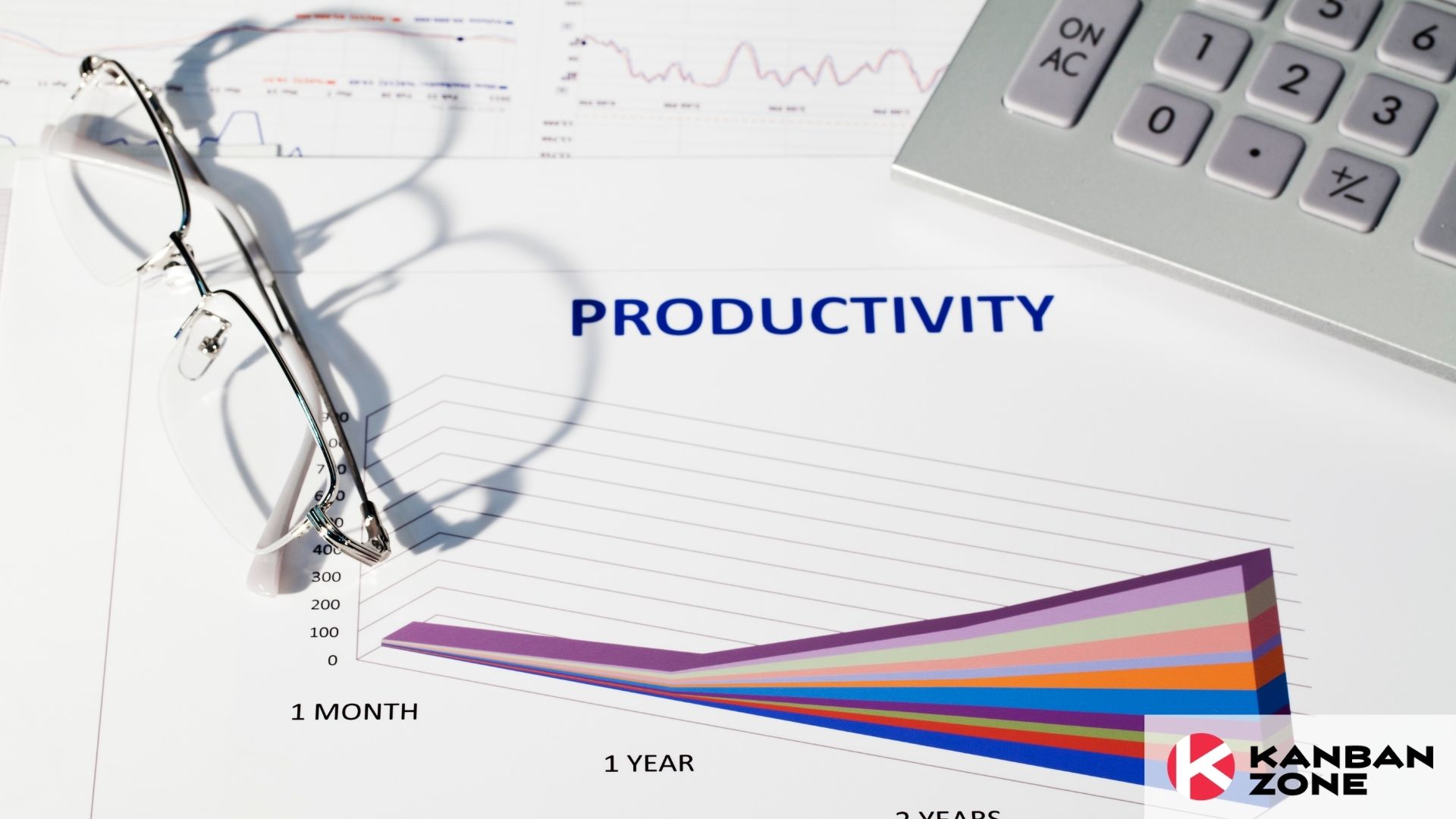
Workplace productivity is achieved when employees enjoy the work that they do. When employees are happy, they tend to perform better and stay in the company longer. Their attitude towards work manifests in their output and how they deal with customers. All in all, this is good for business.
Keeping your employees engaged and happy is not always an easy task. Let’s face it – work is not always fun. But it doesn’t mean we can’t do anything about it. Gamification is a way for employers to make work more fun and challenging for their employees, all while meeting company objectives and goals.
What is Gamification in the Workplace?
Gamification is the process of adding game-like elements to a task to encourage participation and engagement. In the workplace, gamification is used to motivate employees to perform better in their work. Game-like elements include reward points, badges, leaderboards, challenges, and prizes that are given based on performance and task completion.
While we do want employees to take their work seriously, this doesn’t mean that they cannot have fun while doing it. When employees are bored or think their work is just a means to an end, they lose motivation and this affects productivity.
But don’t be mistaken that gamification is about turning work into all fun and games. Gamification in the workplace is about tapping into the psychology that drives employees to take action. By nature, humans are competitive. When work is gamified, people tend to bring their best foot forward. They do this to reap rewards and recognition which are top motivators for employee engagement. When employees bring their “A-game”, the company succeeds as well.
Benefits of Workplace Gamification
If workplace gamification is done right, both employees and employers benefit. Here are some reasons why you should consider using workplace gamification.
Improved Workplace Productivity and Efficiency
When employees are motivated, they push for better outcomes in their work. They are more encouraged to think out of the box solutions to work problems, be creative, and streamline their operations.
Lower Turnover Rates
Employees who are happy at work, tend to stay in the company longer. This allows companies to retain their best performers. It can also attract top external talent as your current employees show job satisfaction in your company.
Higher Customer Satisfaction
When employees perform at their best, this can only translate to better products and services for your customers. When customers are happy, business results are also positive.
Tips on How to Gamify Work
To successfully implement gamification in the workplace, design the process in a way that motivates employees and it provides measurable results for the company. Here are some tips on how to properly implement workplace gamification.
Define the Goals You Want to Achieve
Be clear about the expectations of work gamification and why it’s important for the company. Apart from receiving rewards and recognition, employees must feel that the work they do contributes to the goals and objectives of the organization. Once those are clear, identify the steps needed to meet those goals and incorporate those into your game mechanics.
Design With Your People and Processes in Mind
Your gamification strategy must be in line with your employees’ skills and interests. Otherwise, they will not be interested to participate. The game mechanics should also be properly incorporated with your existing business process and workflow. If you’re planning to use a gamification app, it’s ideal to integrate it with your existing work tools.
Communicate Your Goals and Game Rules Clearly
Employees must know what the program is about, how to participate, what they’ll get from it, and how the company benefits from their wins. Document the game mechanics and criteria so that employees know what they need to do to win a reward. Be specific about what can disqualify them too. Clearly describe what rewards they’ll get. And most importantly, explain the benefits for the business when they achieve these goals. While employees want to win, they would ultimately want to win with a purpose in mind.
Offer Relevant and Desirable Rewards
Assess whether your rewards are desirable in the long-term. While badges and certificates may boost employee morale, it might not be enough to sustain their motivation. When possible, provide tangible rewards that they can use.
It doesn’t have to be as extravagant as a plane ticket to Bali. Although we won’t stop you if you can afford this. It can be as simple as a Starbucks gift card, extra time off from work, or a spa gift certificate. You can amplify this further by publicly recognizing their achievements. When employees get affirmed of their great work and can receive a prize that they can use, they will be more motivated to take action.
Play as a Team
Have goals or challenges that encourage teamwork. If the challenges are always based on individual performance, chances are you will only be recognizing the best performers in the bunch. This can also promote unhealthy competition. When the output is done collectively, it fosters greater collaboration and allows others a better chance of getting a reward. This can also amplify the results you get as more people work on solving a problem.
Find the balance between giving individual and group rewards.
Foster a Culture of Support and Inclusivity
Gamification in the workplace has great benefits but don’t treat it as a cure-all solution for employee engagement. A company culture where employees feel supported in their growth takes precedence over any rewards or recognition programs. Gamification programs only support a great workplace culture. Involve your teams when designing your gamification plan to encourage better participation. When implemented correctly, workplace gamification can push your team productivity to greater heights.
Learn to Work Smarter, Not Harder!
Get our top articles weekly.
Table Of Contents
Discover many more posts…







